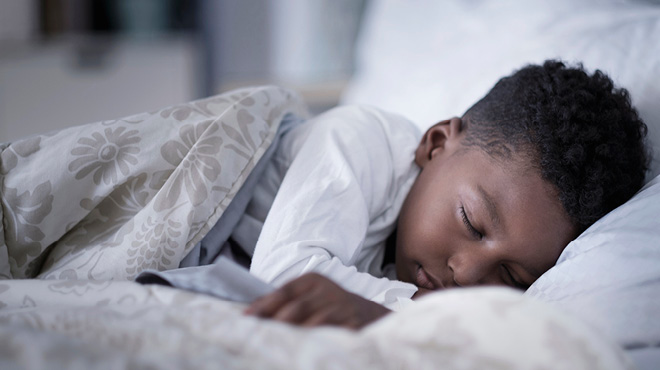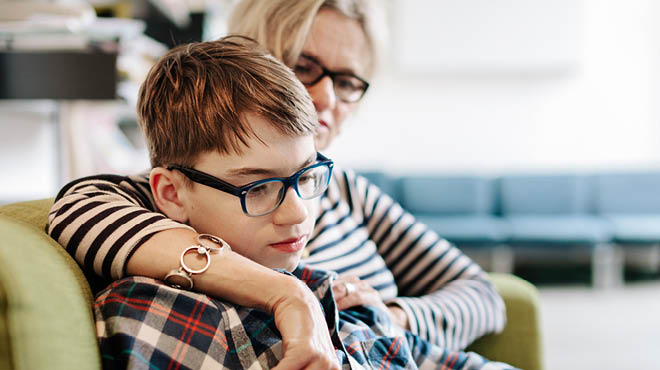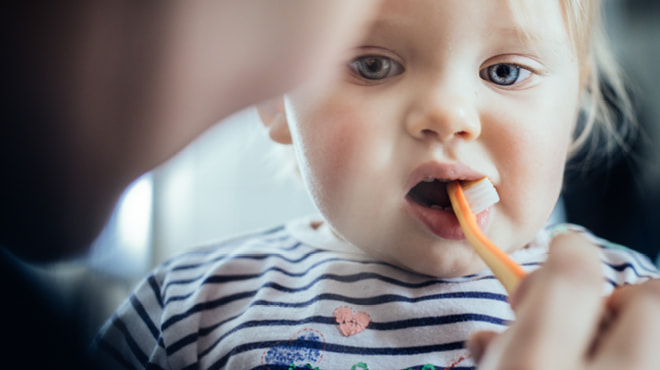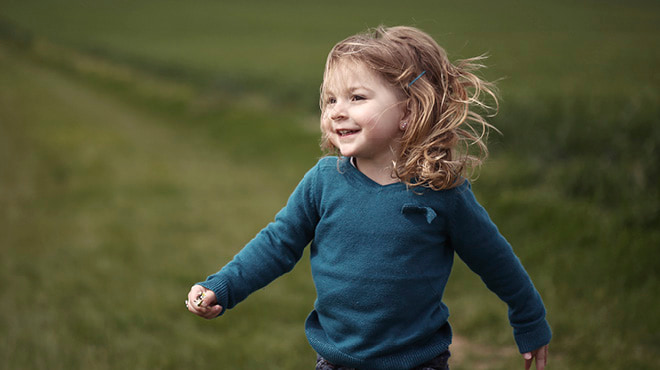Recent Posts
9 tools for helping your child manage anxiety

Everyone is born with the ability to experience anxiety. The American Psychological Association defines anxiety as an emotion characterized by feelings of tension, worried thoughts and physical changes, such as increased blood pressure and heart rate.
Anxiety is normal and will occur at various times throughout life. It is important to experience anxiety, as it helps recognize and respond to threats of danger and motivate the completion of tasks. For example, having anxiety while driving in a snowstorm is helpful because it leads to altered driving behaviors to safely arrive at the destination. Also, having anxiety before an important test is helpful because it motivates you to study. However, some people's experiences of anxiety can become excessive, ongoing and overwhelming, and lead to significant difficulty functioning in daily life. These are signs of an anxiety disorder.
Signs and symptoms of anxiety
Children and teenagers may have similar worries to adults, but also they may have excessive worries about performance at school or sporting events, fitting in, social experiences, safety, being on time, their future, natural disasters or other catastrophic events. Some signs of significant anxiety include fatigue; changes in sleep habits, such as sleeping too much or too little; irritability; anger; difficulties with concentration; lack of confidence; reassurance seeking; avoidance; and decreased grades.
The most common physical symptoms present in children and teenagers who experience significant anxiety include stomachaches and headaches. They also can experience increased heart rate, rapid breathing, restlessness or jitteriness, trembling or feeling "twitchy," dizziness, diarrhea, nausea and chest tightness or pain.
For many children, anxiety can develop as a paired association, which means the anxious symptoms become associated with something that does not typically elicit anxiety, such as a situation, event or object. For example, imagine a child being at school and experiencing a panic attack for the first time, which is the sudden onset of intense anxiety or fear that often includes a strong body response, such as increased heart rate, rapid breathing, feelings of going crazy or losing control. On this day, the child was stressed about a large presentation, but because of this panic attack, the child's brain may start to associate school with intense anxiety, especially if the child experience's another panic attack at school. Therefore, whenever the child goes to school or even thinks about going to school, the brain can perceive it as a threatening situation, which can trigger ongoing anxiety or frequent panic attacks.
Do's and don'ts to ease anxiety
Many tools can help your children work through anxiety. These are strategies licensed mental health clinicians use with people in therapy, and research has found these strategies to be beneficial in treating and managing anxiety.
If you feel confident you can use these tools with your child — excellent. However, if you do not feel confident or want more support, consider talking with your child's primary care physician who may connect you with a mental health clinician for assistance. If needed, physicians or clinicians can use additional tools not listed here.
Do:
1. Identify triggers.
A helpful first step is for you and your children to become aware of and recognize what causes them to feel intense anxiety. Once those triggers are identified, you can implement many of the tips below.
2. Validate and empathize.
Children's thoughts, emotions and experiences are real to them. No matter how you think or feel about their experiences, it is important for your children to feel heard, validated and understood. Empathize with your children, imagine what it is like to be in their shoes, and recognize and affirm that their thoughts, feelings and experiences are valid and important.
3. Challenge unhelpful thinking.
Ask your children to talk you through the thoughts they are experiencing that are unhelpful and causing them distress, such as "I am going to fail my test and then fail my class." Once you know what thoughts your children are telling themselves, you can work with them to identify more realistic, helpful thoughts. Ask questions to get them thinking about their situation differently and decrease their buy-in into their unhelpful thoughts, such as "Have you ever failed a test or class before" or "What have you done in the past to pass a test? Have you done those things now?"
These questions allow children to think through all the evidence and come to conclusions independently. Self-realization is much more powerful than parents, teachers or peers telling children they will not fail. Once your child's unhelpful thoughts have been challenged, encourage them to develop a more realistic, helpful thought, such as "Although I feel like I may fail, I have prepared for this test and will perform my best" or "Even if I fail this test, that does not mean I will fail the class." Exaggerated ideas, such as "I will for sure pass and will do amazing," are unnecessary and typically not helpful, as most children do not buy in to these unrealistic notions.
4. Practice deep breathing.
Deep belly breathing is a tool to help calm down, refocus and think clearer. It increases oxygen levels in the bloodstream and decreases heart rate, breathing rate, muscle tension and stress level. Instruct your children to place their hands on their belly and chest. Tell them the goal is to take deep breaths with their bellies, which will lead to the hand on their belly moving up and down as air enters and leaves their bodies. When the hands on their chests are moving more, that means they are breathing with their chest. Encourage them to use their bellies to breath. Instruct them to take deep breaths slowly in through the nose, hold and then out slowly through their mouth. Repeat this several times. A fun way to guide this exercise includes pretending to smell a flower, and then blow bubbles or blow out birthday candles.
5. Break down tasks.
Break down tasks into smaller steps so the overall process feels less daunting. For younger children, have random rewards throughout the process to positively reinforce their behavior. For older children, provide positive praise and encourage them to reward themselves.
6. Role-play.
If your children are worried about specific situations, role-play those feared situations to help them prepare. Examples could include ordering at a restaurant, buying a movie ticket, asking a teacher for help or inviting friends over.
7. Build overall confidence.
Have your children perform tasks around the house to contribute to the family and build confidence. Offer your children opportunities to face challenges. It is important to praise their efforts and focus less on results. If they get stuck, ask your children about skills they used to overcome similar obstacles in the past.
Don't:
8. Label emotions as bad.
Stay away from labeling their thoughts, emotions and experiences as good or bad. For example, do not say "It is bad to think you will fail." When children hear that, their thoughts are bad, they often then internalize this and think "I am bad."
9. Minimize anxiety.
Do not minimize your children's experiences and tell them to "Just do it" or "Suck it up." Their feelings of anxiety are real, and they are suffering. Although it is healthy to face things that cause anxiety, meeting children with empathy, compassion and kindness is more helpful and effective when facing feared things.
Remember, you are not alone. You and your children do not have to navigate this alone. Your child's primary care physician wants to help all children thrive.
Deirdre Paulson, Ph.D., is a psychologist in Family Medicine in Eau Claire, Wisconsin.





